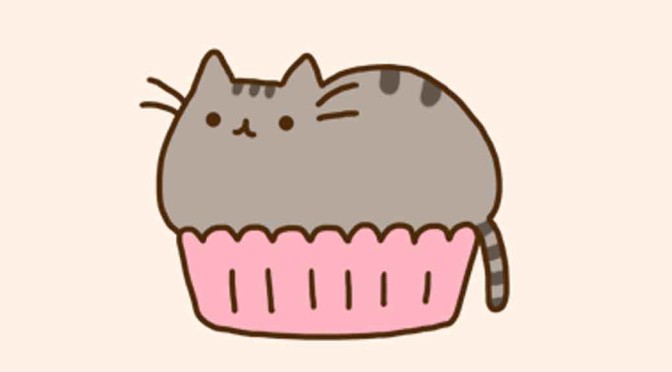By Anupum Pant
On this website I’ve discussed so many random studies that kind of shock you at first, but let me tell you, you shouldn’t always trust these “scientific studies”. Always take them with a pinch of salt. Most of the time, like the study “finding IQ by looking at men’s face“, these seemingly shocking studies are usually initial steps in a scientific area which pave a way for new research.
And then there are these institutes like George C. Marshall Institute set up to do fake science and create propaganda on various issues.
Besides that, there is science journalism. The headings these articles use, almost all the time are crafted to grab attention and clicks. You should have your own opinion of whatever you read on these science journalism websites. These articles appear on Awesci too.
This Ted-ed video perfectly explains how imperfect clinical trials are. You can extrapolate the video’s concept to other “scientific studies”. It really makes you aware of how misleading some studies can be.
So, before jumping to any conclusions after reading these crazy sounding headlines backed by “scientific study”, make sure that you read the complete article and that you do it on other websites too.


